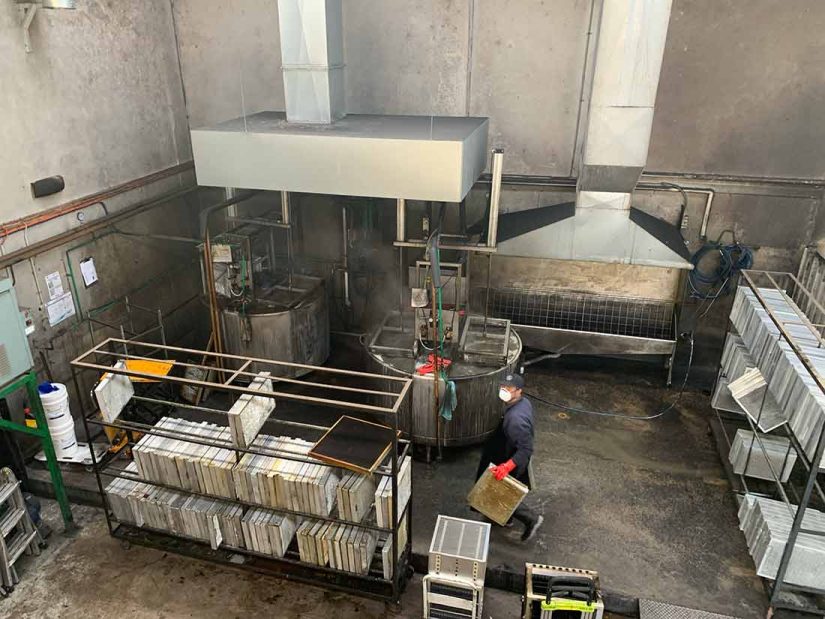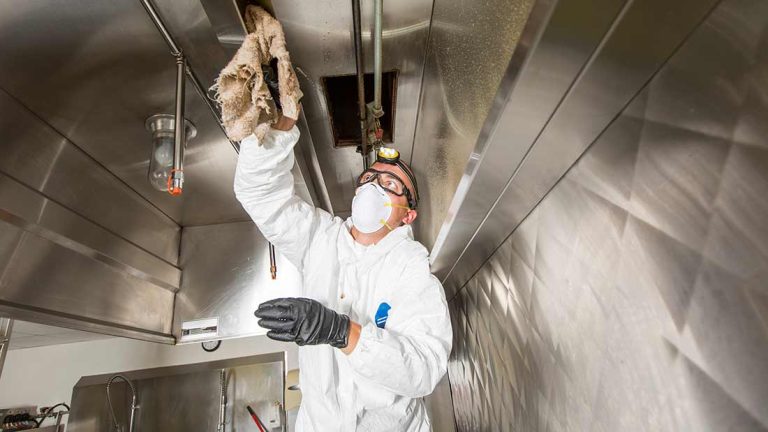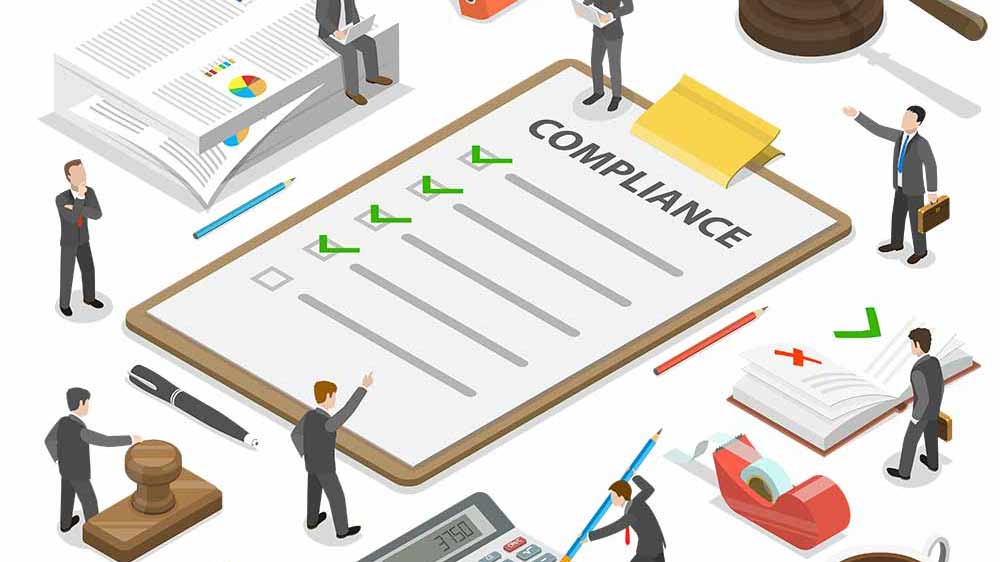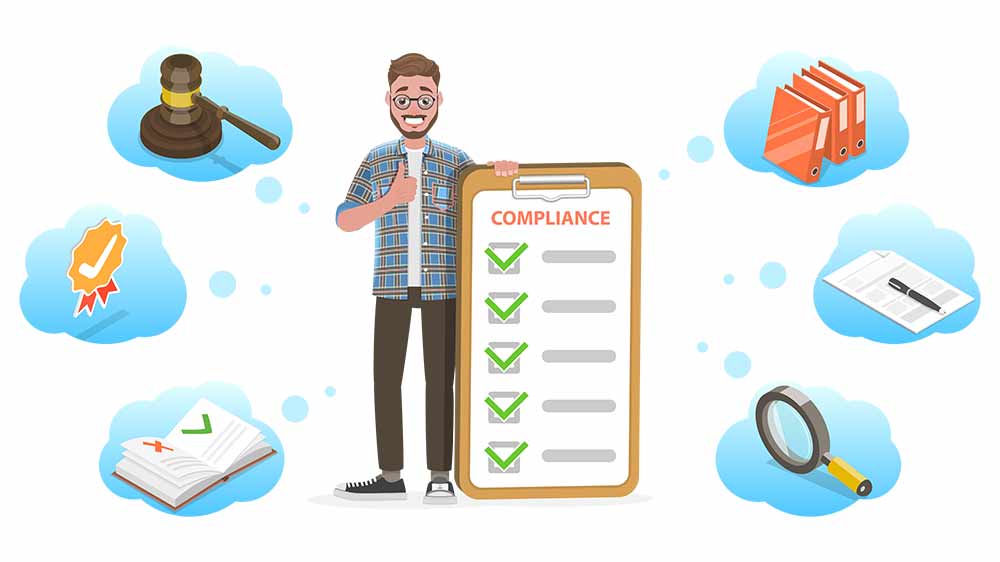Key Takeaways
- The entire exhaust system needs to be cleaned – It’s crazy how many times we inspect a new client’s kitchen and find that the exhaust system has NEVER been cleaned properly and is therefore a fire risk.
- The risks of not cleaning properly are huge – the risks range from unpleasant odours to fire and non-compliant insurance policies. The need to clean your canopy and exhaust system is compelling.
- 1-stop shop & the filter exchange service – several auxiliary services have to be completed in addition to the canopy & exhaust system cleaning service. One such service is the filter exchange service which needs to be completed regularly. Our clients love having one company that can meet all their related requirements.
- Post-cleaning reporting & ongoing compliance – This report is the first thing an insurer or the local council will ask for if the unthinkable happens and there’s a kitchen fire.
You’re an expert in hospitality and not necessarily an expert in exhaust system cleaning.
Perhaps you’re a chef, a cafe or restaurant owner, or even a Restaurant Manager for a restaurant chain.
With that in mind, this post is designed to help you gain a quick overview of the commercial kitchen exhaust system cleaning process so that you can:
- Appoint & delegate to a suitable cleaning company.
- Implement a minimum set of touch points with that company to ensure that a best-practice approach is followed while minimising your time involvement.
Contrary to popular belief, choosing a canopy cleaning company is not necessarily a simple task. There are many ‘cowboy’ companies in operation. Be warned, these ‘cowboy’ companies could threaten your entire business. It’s therefore important that you’re across the basics so you can monitor performance.
Here are the Top 6 Things you need to consider when making your decision on appointing a canopy cleaning company:
Consideration 1: You need the entire exhaust system cleaned & not just the kitchen canopy
It’s crazy how many times we inspect a new client’s kitchen and find that the exhaust system has NEVER been cleaned properly and is therefore a fire risk.
Sometimes we’ll determine this within a few minutes of arriving on site.
Before we go into detail, let’s take a step back. Australian Standard 1851-2012 stipulates that a commercial kitchen deep clean, inclusive of exhaust ducts, should be cleaned at least every 12 months.
There’s a good reason for this. Kitchen exhaust ducts have many important functions. Not the least, the ducts need to carry hot and smelly grease vapours from the kitchen canopy to outside the building. A percentage of this grease solidifies and attaches itself to the walls of the exhaust duct. Therefore, a kitchen exhaust cleaner must directly access every part of the duct network so that the grease can be removed.
Duct ‘access panels’ are required along the length of the exhaust duct In order to deep clean a kitchen canopy system properly. If the access panels don’t exist, then the cleaning company has to install them.
It is the responsibility of your duct cleaner to notify you if any part of your duct network is inaccessible. In other words, don’t accept excuses. There’s a clear delineation of responsibility here.
We encourage you to inspect your kitchen exhausts ASAP. Are there duct access panels? If not, ask for an explanation or sack your current kitchen canopy cleaning company.
Amazingly, over 50% of our new clients have this problem.
Consideration 2: The risks of not cleaning properly are huge
You are undoubtedly aware of the risks associated with a non-compliant canopy and exhaust system.
However, we often find it useful to gather all the risks into one list which can then be used as motivation for action. So without further fanfare, here is the list:
- Smoke from the cooking area is not discharged safely outside the building.
- Grease Vapour from the cooking area is not discharged safely outside the building. Therefore, grease starts to accumulate across the entire kitchen area.
- Water Vapour from the cooking area is not discharged safely outside.
- Unpleasant odours are detectable due to smoke, grease and water build-up.
- Mould growth appears due to smoke, grease and water accumulation.
- Bacterial contamination occurs due to smoke, grease and water build-up.
- Pest infestation occurs due to grease and water build-up.
- The kitchen becomes a Fire Hazard due to grease and other combustible containment building up.
- Your fire insurance policy is voided due to cleaning non-compliance as outlined in Australian Standard 1851-2005. Some companies only discover this after a fire occurs.
Consideration 3: One-stop-shop services – canopy filter exchange service
Larger and more experienced cleaning companies offer additional related services that can provide security and efficiency for restaurants and cafes.
The most practical service is a Grease Filter Exchange program. We’ll now outline the Clean Air Filtration Services program so you can understand how useful a professional Filter Exchange program can be:
- For most clients with 8 filters or less the cost to replace your filters will be less than $100 per visit.
- Our service can be as frequent as bi-weekly or as required. We can service a huge area across the Melbourne metropolitan area and across Victoria.
- Our in-house filter-cleaning system uses a proven balance of chemicals to clean through to the filter core.
- Our filter cleaning process is environmentally friendly.

The Clean Air Filtration program outlined above is only available in Victoria Australia. However, if you are located outside of Victoria, you can now benchmark best practices and search for similar services in your state.
Other useful services provided by some larger canopy cleaning companies include:
- HVAC cleaning and air duct cleaning,
- Indoor Air Quality testing including swab testing,
- Ventilation and airflow audits,
- Muck sucker air cleaning,
- Contamination (mould etc..) remedial solutions.
A one-stop shop makes it particularly easy to manage larger restaurants, commercial kitchens connected to hospitals, aged care homes, or hotels and larger entertainment venues.
Consideration 4: Post-cleaning reporting & ongoing compliance
A post-cleaning report should be an informative document that states clearly what work was done. It can also state what was not cleaned, as well as any deficiencies or other hazards that have been identified.
Recommendations for more frequent cleaning or less frequent should be made via the report. A frequency recommendation change can be supported by evidence related to the pre-clean Grease Thickness Test readings. Note that the frequency should be set with the goal of keeping grease levels below 200 microns.
As mentioned, a good post-cleaning report should contain a description of the work performed and can include:
- Number of fans cleaned.
- Location of ducts and duct access panels (accessible and non-accessible).
- List of known leakage locations.
- Photos of the system taken before and after the cleaning.
The report is the first thing an insurer will ask for if the unthinkable happens and you experience a kitchen fire.




